‘The proof we were missing’: ‘Death flight’ returns to Argentina
A plane used to execute prisoners during Argentina’s dictatorship is set to be repatriated after being rediscovered.
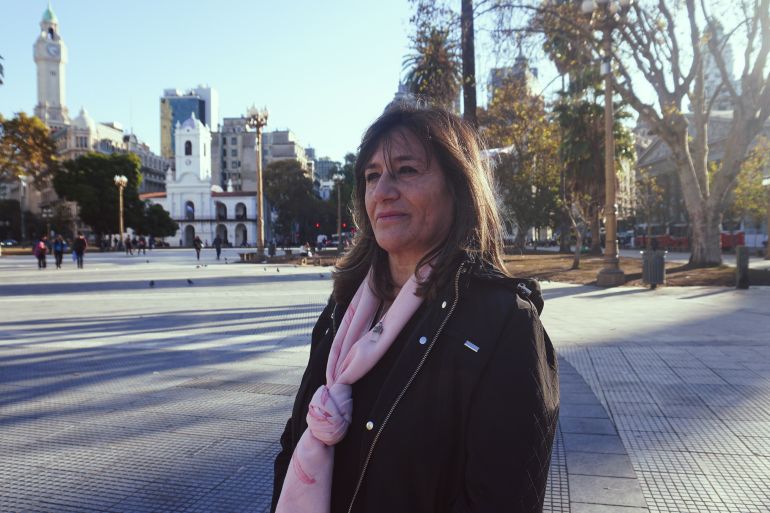
Buenos Aires, Argentina – The haunting discovery might never have happened were it not for the sudden rotation of a cold southern wind, howling across the Rio de la Plata estuary between Argentina and Uruguay.
The wind — called a sudestada — pushed seven bodies ashore about 300 kilometres (186 miles) south of Buenos Aires between December 1977 and January 1978.
Keep reading
list of 3 itemsArgentina’s President Fernandez will not seek re-election
Could BRICS rescue Argentina’s economy?
Among the bodies were mothers who had been looking for their disappeared children and a nun who had helped in their search. They had all been prisoners of a clandestine detention centre run by the military dictatorship that ruled Argentina from 1976 to 1983.
How they came to perish in those frigid waters is a testament to the horrors of a period of state violence in Argentina, when as many as 30,000 people were killed in a government campaign to stamp out left-wing activism and political dissent.
But the seven bodies that washed ashore in the late 1970s were victims of a particularly gruesome form of execution: They were among those who had been hurled, oftentimes alive, from planes into the river below, in what became known as “death flights”.
Now, the evidence of that practice is returning to Argentina, as the plane used to kill those seven victims is transported from the United States back to South America.
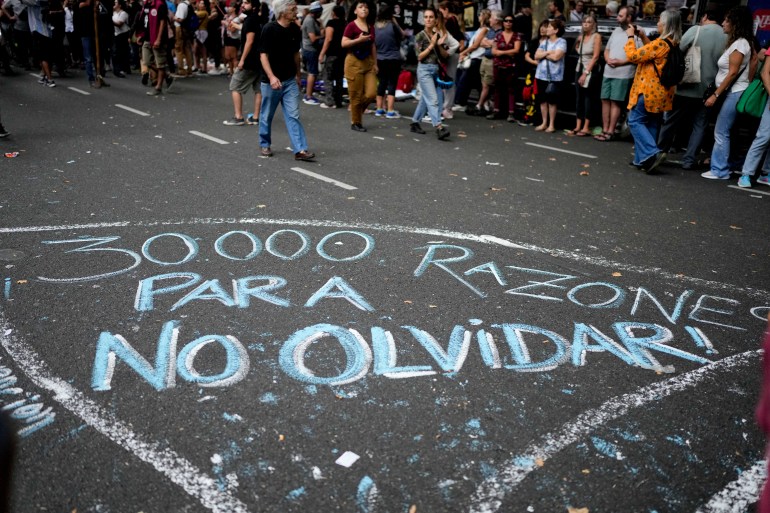
It is the first death flight plane to be repatriated as part of an ongoing government effort to recognise that dark chapter in Argentina’s history. For survivors of the dictatorship, its return acts as a rebuke to those who deny or minimise the atrocities of that period.
“I have mixed emotions,” said Cecilia De Vincenti, 60, whose mother Azucena Villaflor was among the group whose remains were swept to shore.
Villaflor was a founder of the Mothers of the Plaza de Mayo, an organisation dedicated to recovering people who disappeared under the dictatorship. She herself was kidnapped in 1977 as she searched for her own missing son.
“On the one hand, it’s good for history. It’s good for memorialising,” De Vincenti said of the plane’s return. “But on the other hand, there’s emotion and the grief of knowing that my mom was thrown out of that plane.”
Economy Minister Sergio Massa announced last week that the plane would begin its return flight on June 3. It is expected to take several days to arrive and will make pit stops because of the distance and its flying capabilities.
The plane had been located in Fort Lauderdale, Florida, in 2010. More recently, it had been used for recreational parachute jumps at an Arizona airstrip.
Upon its arrival in Argentina, the plane will go on display at the former navy and mechanics school in Buenos Aires, known by the acronym ESMA. The site, now a museum and memorial, once served as a clandestine detention centre where some 5,000 people are believed to have been held captive.
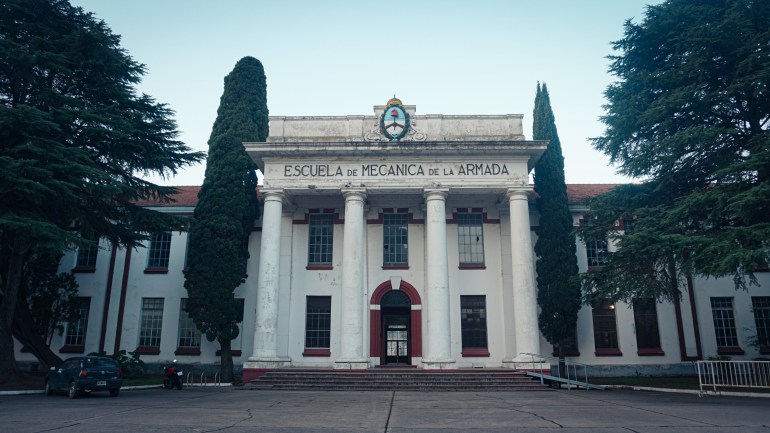
A search spanning continents
When Argentina’s dictatorship came to an end in 1983, the focus turned to finding out what happened to all those people as well as any children born in the detention centres.
But in the early 2000s, Italian documentary photographer Giancarlo Ceraudo became fixated on discovering what happened to the planes used in the death flights.
He had grown up with a fascination for aircraft, and the death flights became seared in his mind as a particularly sinister form of execution.
“The story of the dictatorship always captured my attention,” said Ceraudo, who travelled multiple times to Argentina to document its aftermath. He currently is in Buenos Aires to showcase the results of his investigation in an exhibition called Final Destination.
“For me, by finding those planes, I thought that we might be able to reconstruct history and get to the people who were guilty — the pilots,” said Ceraudo.
Initially, he faced scepticism: What good would it do to look for the planes?
“There was so much pain that got in the way of us thinking about looking for the objects,” recalled Miriam Lewin, a journalist and survivor of the ESMA detention camp, with whom Ceraudo teamed up on his search. She now works as a government ombudsman.
“I thought it was crazy,” she admitted. “To think that just by locating the plane, the plane would somehow tell us who its pilots were.”
And yet, that is exactly what happened. Using information published by a former marine, Adolfo Scilingo, the pair tracked five “death flight” planes to Argentina’s coast guard, which was no longer under the control of the army.
That meant it was not subject to the pact of silence that endures to this day among much of the military, Lewin said — a pact that has seen soldiers refuse to testify about events that unfolded under the dictatorship.
The coast guard handed over records that showed what became of those five planes. Two had been shot down in the Falklands War, known in Argentina as the Malvinas War, Lewin explained.
But three others were intact — one in the United Kingdom, one in Luxembourg and the most accessible one in Fort Lauderdale.
At the time, a courier company was using it for short-haul flights to and from the Bahamas.
“The owner knew that the plane had been used in Malvinas, but he didn’t know its history prior to that,” said Lewin.
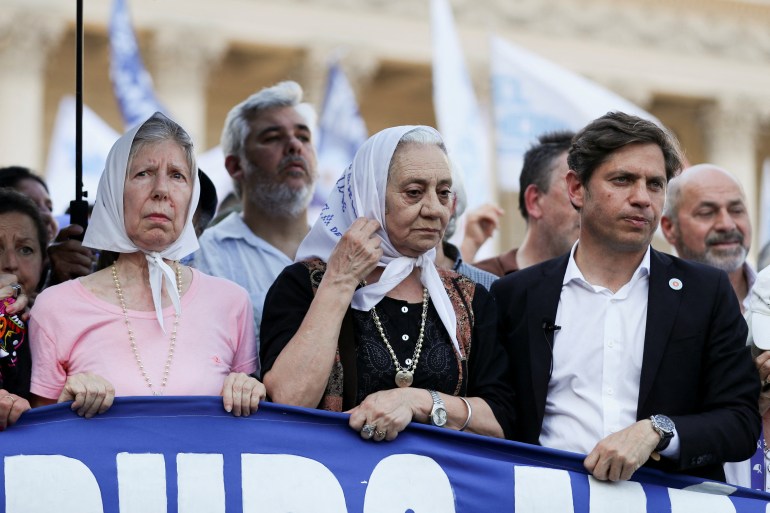
Clues in an ‘illogical’ flight
The plane’s flight records — containing details about each flight and the pilots at the helm — were also in his possession.
One particular flight stood out, dated December 14, 1977. It corresponded with the time frame for the disappearance of 12 people who had been searching for relatives, in affiliation with a Buenos Aires church called Santa Cruz.
A pilot who helped decipher the logs described the flight as “illogical from an aeronautical point of view”, Lewin explained. “They flew from one airport to the same airport. At night and for the maximum length of time.”
But the pilot was too afraid to make an official statement in court. So Lewin and Ceraudo turned to another pilot, Enrique Piñeyro, who agreed to make a sworn statement.
“He told us that the flight logs were gold dust,” said Lewin.
His statement and the existence of the Skyvan PA-51 aeroplane became key pieces of evidence in a five-year-long trial that culminated in 2017 with dozens of convictions. Pilots Mario Daniel Arru and Alejandro Domingo D’Agostino were sentenced to life in prison for the 1977 flight.
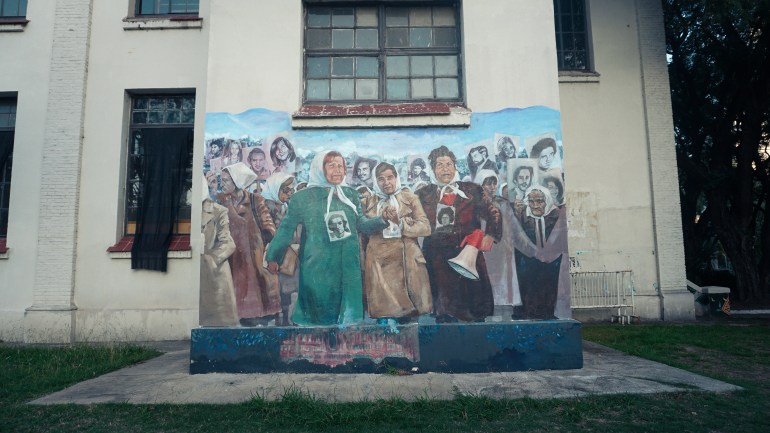
Since then, other military officials have been convicted for their roles in the death flights too.
“It’s the proof that we were missing,” Mabel Careaga said of the plane. Her mother, Esther Ballestrino de Careaga, was another founding member of the Mothers of the Plaza de Mayo who was killed in the Santa Cruz group.
“It’s very important that it be here so that people can understand the brutality of the dictatorship,” Careaga said, anticipating the plane’s return.
“That plane couldn’t continue doing what it was doing,” she added, noting that the aircraft recently hosted, in a twisted turn of events, parachute jumps. “The people who board that plane, they don’t know its history.”
Recovering the past
The returning aeroplane bolsters the eyewitness testimonies, trial statements and declassified documents that have emerged, chronicling the “death flights”.
One report from a US diplomat, written in 1978 and declassified in 2002, describes how a police official bragged about the “Argentine method for disposing of bodies”. It involved placing people on planes and dropping them into the mouth of the river, “where they sink and are quickly devoured by the fish”.
And a recent ruling by the Argentinian appeals court called the death flights “one of the most habitual methods used by the armed forces to end the lives of victims” during the dictatorship.
Other declassified US reports also chronicle the final days of the group from the Santa Cruz church. Twelve people, including two French nuns, disappeared between December 8 and10 in 1977.
One of them, De Vincenti’s mother Azucena Villaflor, was “picked up a block from her house at 8:30 in the morning and thrown into a Ford Falcon kicking and screaming”, one of the US reports noted. Later that morning, one of the nuns “accompanied two gentlemen from her house and drove away with them”.
Witnesses reported seeing the group in the ESMA concentration camp. Days later, sudestada winds blew some of their bodies to shore.
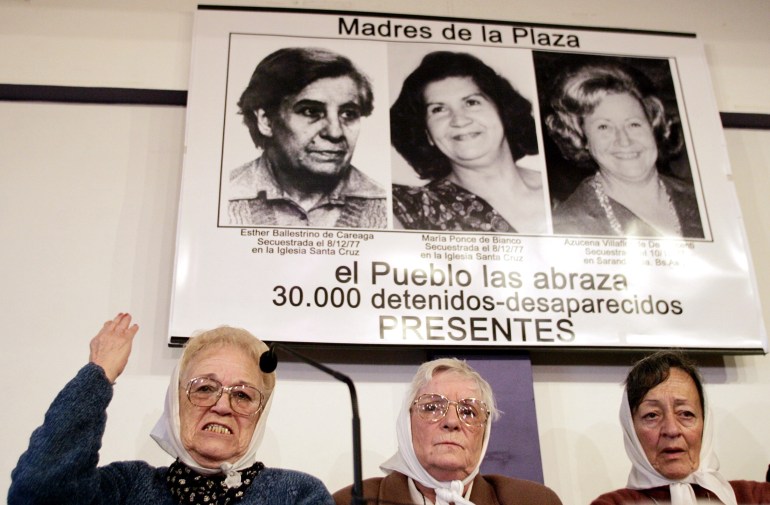
The doctor who performed their autopsies noted in his report that fractures on the bodies were consistent with a fall from a great height.
“He was brave enough to document that,” Lewin said.
The remains were buried as “NNs”, anonymous souls, in a cemetery in the province of Buenos Aires. It wasn’t until 2005 that DNA analysis was able to identify members of the group, among them were three Mothers of the Plaza de Mayo and Léonnie Duquet, one of the French nuns.
“I touched them and they became tangible,” said De Vincenti of her mother’s remains. “I felt a deep sadness — that I could finally say goodbye to my mother and that she wasn’t in an unmarked grave any more.”
She added: “Well, with the plane, I feel the same way.”